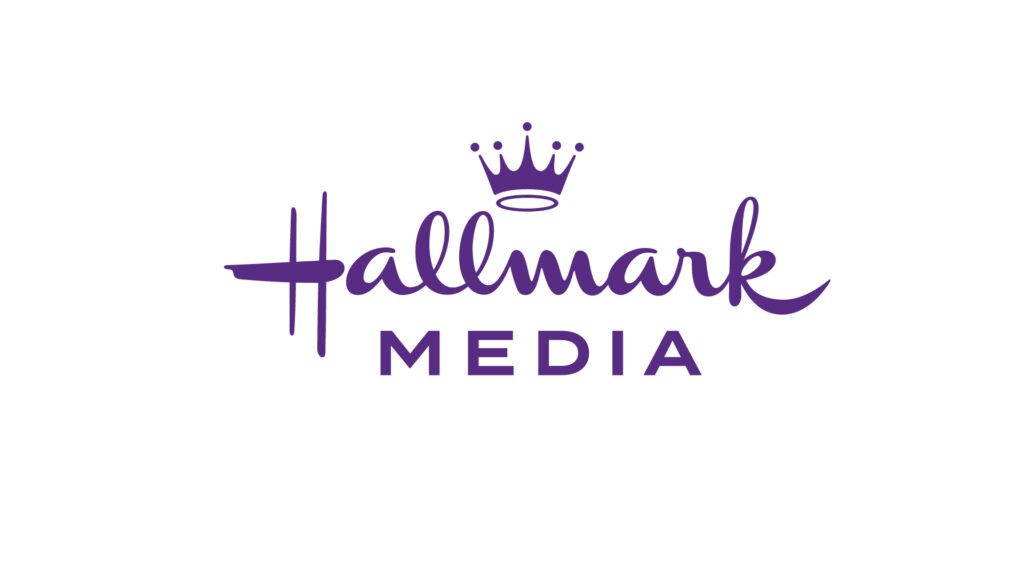BlackBerry loyalists were dealt a blow earlier this year when the company ended support of its iconic smartphones. Once hailed as the preferred devices for business executives, heads of state and other fans of handheld physical keyboards, the beloved “crackberry” is now a relic of the past.
In actuality, the company has not manufactured the phones for several years now, and for the past six it has been licensing other companies to do so. Marketing the services that it provides today is quite a different exercise. Effectively pivoting from a hardware focus to a software one, the company now specializes in providing cybersecurity software and embedded operating systems within vehicles, with an eye on securing automobiles within smart cities of the future.
We spoke with BlackBerry CMO Mark Wilson about the company’s pivot, the significance of competitor analysis in today’s business market, the role that brand equity plays in product differentiation and how compelling content marketing can help B2B businesses cut through the clutter.
Chief Marketer: Let’s talk about pivoting towards not producing BlackBerry phones. Were you involved in the messaging for sunsetting the product? What were the challenges of conveying that to the public?
Mark Wilson, BlackBerry CMO: It’s been six years since we manufactured a phone. Instead, we’ve licensed our brand to other people to manufacture phones and use our software. We’ve pivoted our business model from being hardware-focused to software-focused. It’s changed dramatically in terms of how we build things or support things. So in that pivot from hardware to software, we knew we would eventually stop supporting devices that were seven, eight, nine, 10 years old. We wanted to delay that as long as possible out of respect for our customers. In time, we needed to make a financial decision around what that meant, so eventually we ended support for those devices. We worked with our carrier partners to make sure that those customers knew that it was coming and they had ample time to kind of get ready for it.
CM: How are you involved in creating smart cities?
MW: Long-term, we see the IOT market and the cybersecurity market converging around the smart city. Everybody has talked about smart cities, but not a lot of people are actually delivering something for a smart city. But once you have all the automobiles and traffic signals and everything connected, in a highly secure way, we think that’s actually a sweet spot. Everything going on in the Ukraine right now is a great example of why you need that. They need to be secured because people can begin to take down the national power grids. The value of a smart city can quickly be eroded if that’s not secure.
CM: What’s the process for securing automobiles in smart cities?
MW: If you look at those electric vehicles, there’s more software in those cars than there ever has been. I think on average, there are a hundred million lines of software code now written into the car. So as these cars become more software-based, and as the experience becomes more software-oriented, you want to make sure you’re securing all of those types of smart things that are connected into the infrastructure of a city.
Our software is also in the signaling lights within cities. There’s something called vehicle-to-vehicle—how a vehicle is talking to another vehicle, as well as the cloud. We have a major partnership with AWS in terms of providing that car-to-cloud connectivity. Once you’re showing how all of those things are connected, that’s how you’re going to start to deliver into the smart city.
CM: When do you anticipate this becoming a reality?
MW: Things like vehicle-to-vehicle you can experience today. A lot of that will be government standards in terms of when those things get rolled out. We see it as several years away. It’s coming, and sometimes these things move very rapidly. With autonomous vehicles, it’s starting, but it’ll be a groundswell effect. We think that that’ll accelerate much faster. How far out is that? It’s difficult to predict. And then how quickly does it gain mass adoption? All of those things are to be figured out.
CM: Your business is primarily B2B at this point. Who are your primary customers and how are you marketing your services to them?
MW: Our customers are the largest banks, governments and auto manufacturers. In addition, we have a big focus on the mid-market, and we do this particularly around cybersecurity. We have an AI prevention-first approach to cybersecurity. We use AI algorithms to identify things that are coming into your organization that look like malware or ransomware. And then we stop them from actually executing in the first place. That works well with mid-market clients that may not have security operation centers or 24/7 support. Instead, we’ll deliver that as a managed service.
CM: What channels do you use to market your products and services to customers?
MW: We look at the buyer’s journey and then we map how we reach buyers at different parts of the journey. We’ll advertise in business publications like the New York Times, Wall Street Journal or Washington Post. We’ll do digital advertising and a lot across search marketing. We do a lot through social—organic and paid social, a lot of earned media. It’s omnichannel in terms of how we’re going after the market. We do a lot of thought leadership. We publish threat research reports that get picked up in the news and that’s also shared with our customers.
CM: What tactics are working well for you right now?
MW: We do incredibly well with content marketing. I’ve seen content marketing evolve in my career, and I think it’s a great tactic. The hardest part for marketers doing content marketing is having something interesting to say. They might fall back and create content that is not that compelling, which I think is a huge mistake.
For BlackBerry, we lean into our threat reports. We’ve done things like uncovering hack-for-hire organizations where nation states would engage for-profit companies to execute hacking campaigns and social engineering campaigns, as well as private companies using hack-for-hire organizations to go after competitors. We have our own research team that identifies these exploits and vulnerabilities, threats and actors, and we basically package that up and then go out and tell the world about it.
We do something called Threat Thursdays, where every week we’re sharing new vulnerabilities out in the market. Some of them are really big, like exploits in the mobile space. Some things are small that are more bespoke in terms of tactics, but every week we’re publishing something new. On a longer-term basis, every quarter we come out with very extensive reports.
CM: Let’s talk about trends generally. Are there interesting or up-and-coming trends in B2B marketing that you have your eye on?
MW: The digitization of marketing has been a boon for so many marketers. And your ability to understand your market has never been better. It’s not new, because we’ve been focused on it, but it’s becoming more and more relevant every year. Our ability to understand trends based on more data coming in has only gotten better.
The other trend is something we lean into a lot: understanding your competitors. If you did a competitive study 10 years ago, you would probably hire a research firm and do it once a year to try and understand what’s happening in your market. Today, we understand what’s going on with our competitors on a weekly basis. We’re much smarter about understanding what our competitors are doing, what seems to be working for them, what doesn’t work for them. We’re much more mindful of having an outside-in perspective in B2B marketing. I see this trend only picking up.
CM: What excites you most about the marketing industry right now?
MW: What’s interesting about B2B is product differentiation. That cycle only gets more and more compressed. Years ago, you might have a product advantage for several releases. Now, you have product advantage for a release. The differentiation at that offer level is more difficult to maintain or extend. I think that brand becomes more valued in terms of where you see the differentiation. Your ability to provide that level of trust as an advisor or as a trusted solution, particularly in the markets we’re in, where privacy and security matters, that equation of trust means so much from a brand perspective.
There are things that you want to build more brand equity in. If we can move past it being a nebulous concept into something that’s more concrete, that makes it more of board conversation. All of this is getting to more quantification of marketing. And marketing becomes a more strategic conversation
CM: How should marketers think about measuring that brand equity?
MW: I would do it across three things. We measure our brand awareness, brand perception and brand preference. That’s at the highest level as it relates to brand. If you know awareness deeply, and your awareness relative to your competitors, and if you know perception and preference, you can begin to get an idea how valuable brand is in terms of creating pull in that journey. Are you just pushing opportunities through the funnel or are you pulling them through the funnel? Once you begin to quantify that you can start to be much smarter in terms of how you allocate your investments across push tactics as well as pull tactics.
CM: Where do you see the greatest opportunity for marketers today?
MW: There’s so much opportunity for marketers right now. A lot of it has to do with all the data that we have access to and how we use it. There are more things that we can do now that we never did. That competitive analysis example: any marketer who’s not doing that, it’s a huge missed opportunity. Of course, they need to know their value proposition and the best way to get their value proposition communicated out to the market. But there’s so much more richness that marketers can do beyond just that.




 Network
Network

